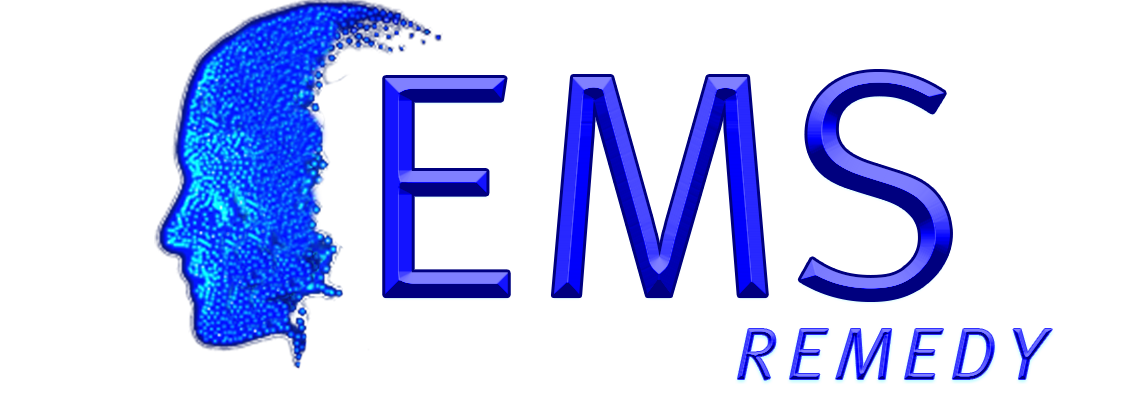VNS stands for vagus nerve stimulation. It is a medical treatment that involves delivering electrical impulses to the vagus nerve. The vagus nerve is a long nerve that runs from the brain to the abdomen. It is involved in a variety of functions, including heart rate, breathing, and digestion.
VNS is used as an add-on treatment for certain types of intractable epilepsy and treatment-resistant depression. It is also being studied for other conditions, such as heart failure, obesity, and Alzheimer’s disease.

VNS therapy involves implanting a small device under the skin in the chest. The device has two parts: a generator and a lead. The generator is about the size of a pacemaker and is implanted under the skin in the chest. The lead is a thin wire that is attached to the generator and is threaded under the skin to the vagus nerve in the neck.
The generator sends regular, mild pulses of electrical energy to the vagus nerve. The pulses are not painful and are not felt by the patient. The pulses are thought to work by changing the way the brain and the vagus nerve communicate.
VNS therapy is generally safe and well-tolerated. The most common side effects are hoarseness, shortness of breath, and coughing. These side effects are usually mild and go away on their own.
VNS therapy can be a helpful treatment for people with certain conditions. If you are considering VNS therapy, get in touch today for a free consultation.

